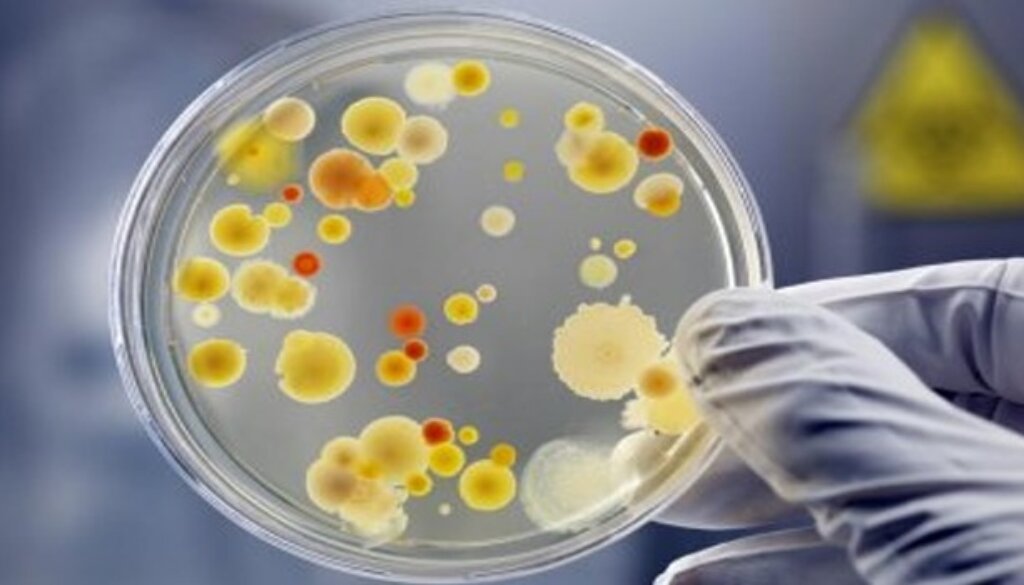What Is An Infection, Infection Types And Causes Of These Infections?
Infection
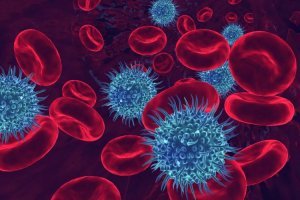
Introduction of Infection:
Infection is a process of infecting or the stage of being infected. It is septicemia sometimes and sometimes it is inflammation. Or maybe a localized physical condition in which part of the body becomes reddened, swollen, hot, and often painful, especially as a reaction to injury which causes the infection. Some of the infections are mild, some are only noticeable but some are dangerous to health. These include skin contact, bodily fluids, contact with feces, airborne particles, and touching an object that an infected person has also touched. How an infection spreads and its effect on the human body depend on the type of agent. The immune system is an effective barrier against infectious agents, but colonies of pathogens may grow too large for the immune system to fight. At this stage, infections become harmful.
Types of Infection:
There are many types of infections:
- Bacteria,
- Viruses,
- Fungi,
- Protozoa,
- Prions.
They are maybe separated by shape, size, color, nature, genetic content and function.
-
Bacterial Infection:
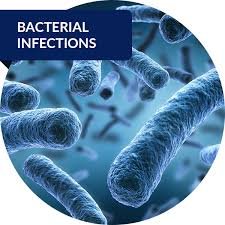
Bacteria are single-celled microorganisms known as prokaryotes. There are trillions of strains of bacteria, and few of these cause diseases in humans. Some of them live inside the human body without causing harm, for example in the belly. Some “good” bacteria attack “bad” bacteria and prevent them from causing sickness. Bacteria take three main shapes:
- Spherical: These are usually the simplest to treat and are known as cocci.
- Rod-shaped: These are called bacilli.
- Spiral: Coiled bacteria are known as spirilla. If the coil of a spirillus is particularly tight, they are known as spirochetes.
Deadly Bacterial Disease:
Some bacterial diseases are deadly. These include:
- Cholera
- Diphtheria
- Dysentery
- Bubonic plague
- Pneumonia
- Tuberculosis
- Typhoid
- Typhus
Examples of Bacterial Disease:
Some examples of bacterial infections are:
- Bacterial meningitis
- Otitis media
- Pneumonia
- Tuberculosis
- Upper respiratory tract infection
- Gastritis
- Food poisoning
- Eye infections
- Sinusitis
- Urinary tract infections
- Skin infections
- Sexually transmitted diseases
- Strep throat
- Bacterial urinary tract infections (UTIs), often caused by coliform bacteria
- Bacterial Vaginosis
- Gonorrhea
- Chlamydia
- Syphilis
- Clostridium Difficile diff
- Bacterial food poisoning, often caused by E. coli, Salmonella, or Shigella
- Bacterial cellulitis, such as due to Staphylococcus Aureus (MRSA)
- Tuberculosis
- Whooping cough
- Pneumococcal pneumonia
- Lyme disease
- Cholera
- Botulism
- Tetanus
- Anthrax
Bacterial infections can be treated with antibiotics, but some strains become resistant and can survive the treatment.
-
Viral Infections:
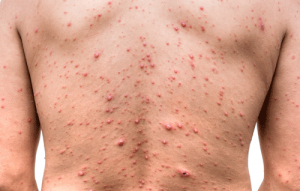
Viral Infections are caused by a virus. Millions of types of viruses are thought to exist, but only 5,000 types have been identified. Viruses contain a small piece of genetic code. They are protected by a coat of protein and fat. Viruses invade a host and attach themselves to a cell. As they enter the cell, they release genetic material. The genetic material forces the cell to replicate, and the virus multiplies. When the cell dies, it releases new viruses, and these go on to infect new cells. Some viruses change the function of the cell. Viruses such as human papillomavirus (HPV) or Epstein-Barr virus (EBV) can lead to cancer by forcing cells to replicate in an uncontrolled way.
Example of Viral Infection:
Some examples of viral infections:
- The common cold, mainly caused by the rhinovirus, coronavirus, and adenovirus
- Encephalitis and meningitis, caused by entero-viruses and the herpes viruses
- Warts and skin infection, caused by the human papillomaviruses (HPV) and herpes simplex virus (HSV).
- Gastroenteritis, caused by the nova-virus
- Zika virus
- Human immunodeficiency virus (HIV)
- Hepatitis C
Read More About Hepatitis C: Hepatitis C Infection
also Read: Hepatitis C Causes.
- Polio
- Influenza
- Dengue fever
Read More About Dengue: Dengue Fever
- H1N1 swine flu
- Ebola
- The Middle East respiratory syndrome (MERS-CoV)
- Measles
- Rubella
- Chickenpox
- Norovirus
- Polio
- Infectious mononucleosis (mono)
- Viral hepatitis, which can include hepatitis A, B, C, D, and E
- Viral meningitis
- West Nile Virus
- Rabies
-
Fungal Infection:
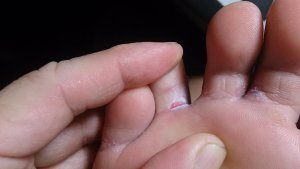
A fungus is an often multi-cellular parasite that can decompose and then absorb organic matter using an enzyme. There are approximately 51 million species of fungus. They almost always reproduce through the spreading of single-celled spores, and the structure of a fungus is normally long and cylindrical with small filaments branching from the main body. This structure is known as hypha. Many fungal infections will appear in the upper layers of the skin, and some progress to the deeper layers.
Examples of Fungal Infection:
- Valley fever, or coccidioidomycosis
- Athlete’s foot
- Ringworm
- Some eye infections
- Vaginal yeast infections
- Thrush
- Aspergillosis
- Histoplasmosis
- Cryptococcus infection
- fungal Meningitis
-
Prion Disease:
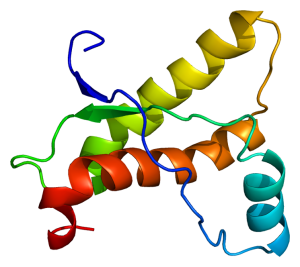
A prion is a protein that contains no genetic material. It is normally harmless, but if it folds into an abnormal shape, it can become a rogue agent and affect the structure of the brain or other parts of the nervous system. Prions do not replicate or feed on the host but trigger abnormal behavior in the body’s cells and proteins. Prion diseases are rare, but they progress rapidly, and all are currently fatal.
-
Protozoan Infection:
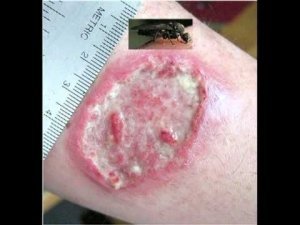
A single-celled organism with a nucleus can cause a Protozoan Infection. Protozoa commonly show features similar to animals, such as mobility, and can survive outside of the human body. They are most commonly transferred by contact with feces. When they enter the human body, protozoa can also cause infection. Amebic dysentery is an example of protozoan infection.
Examples of Protozoan Infection:
- Malaria
More To Know About Malaria, Please Read: Malaria Disease
- Toxoplasmosis
- Trichomoniasis
- Giardiasis
- Tapeworm infection
- Roundworm infection
- Pubic and head lice
- Scabies
- Leishmaniasis
- river blindness
Infection Causes:
You can get an infection in many different ways:
- Direct contact
- Indirect contact
- Through contaminated food or water
- From an infected animal
- From a bug bite
Let’s discuss in detail
-
Direct Contact:
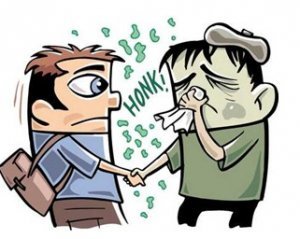
Infections that can spread when you come directly into contact with a person who has an infection, whether through touching, kissing, or having sex is called Direct Contact.
Direct contact with the bodily fluids of a person who has an infection can also spread infections in some instances. This can include things like:
- blood
- nasal secretions
- saliva
- semen
- vaginal secretions
2. Indirect Contact:
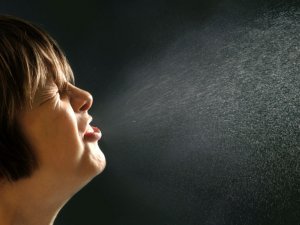
Some infectious organisms can be found throughout your environment are called Indirect Contact. A common example of this is when someone with the flu coughs or sneezes. Influenza viruses can then be present in the air or on objects such as door and faucet handles. If you touch a contaminated object and then touch your face, mouth, or nose, you may become infected.
3. Through contaminated food or water

Food or water may be contaminated with infectious organisms. You can get these infections by consuming things like:
- foods prepped or prepared in unsanitary conditions
- improperly canned foods
- unpasteurized milk or juices
- foods that have been improperly stored or refrigerated
4. From an infected animal:

Some infections are spread to people from an infected animal. One example is the rabies virus, which you can get if an infected animal bites you.
5. From a bug bite

There are many different types of biting bugs, including ticks, mosquitoes, and lice. In some cases, you can get an infection if a bug carrying around an infectious microorganism bites you. Some examples include malaria, Lyme disease, and West Nile Virus.
Infection Symptoms:

Symptoms of infection depend upon the nature of infection and type of infection:
- Some viruses target skin cells, causing warts.
- Some target a wider range of cells,
- Few viruses can cause a runny nose, muscle aches, and an upset stomach.
- Redness and heat, swelling, fever, pain at the site of infection, and swollen lymph glands are symptoms of bacterial infection.
- Brain damage, memory loss, and cognitive difficulties are symptoms of prion diseases.
Preventions:

- Clean surface areas and avoid leaving room-temperature food exposed when cooking.
- Receive any recommended vaccinations, and keep them up to date.
- Wash your hands often, especially before and after preparing food and after using the bathroom.
- Cover cuts or scrapes.
- Be careful with food.
- Avoid wild animals.
- Stay home if you’re sick.
- Cover your mouth when you cough.


